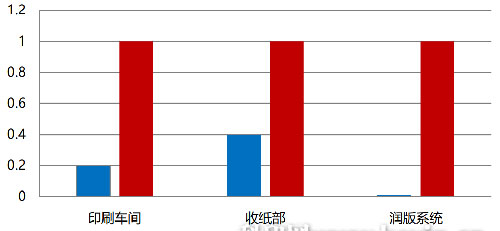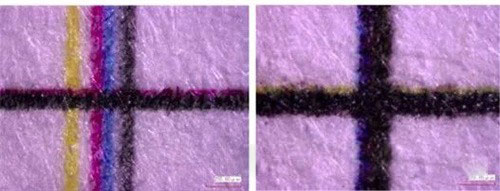Waterless offset printing eliminates the use of damping solution during the printing process, liberating the printed materials from issues caused by ink emulsification. Due to the absence of paper expansion and contraction caused by water, the registration accuracy is improved, and color stability is maintained throughout the printing process. Additionally, waterless offset printing meets the requirements of eco-friendly printing as it generates no waste liquid during prepress development and printing processes. Based on practical experience in the industry and market research, I will elaborate on the advantages, disadvantages, and challenges in the actual printing process of waterless offset printing.
Advantages of Waterless Offset Printing Compared to Traditional Offset Printing:
Color Stability: Waterless offset printing maintains consistent color density and tone, unaffected by ink emulsification. It reduces preparation time by approximately 40% compared to traditional offset printing, reducing both printing hours and material waste. The stability of ink during printing minimizes paper waste caused by ink variations, ensuring high efficiency and ease of operation.

Environmental Friendliness: Waterless offset printing does not require the use of damping solution, reducing VOC (Volatile Organic Compounds) emissions during the printing process. Studies indicate that waterless offset printing emits 60% to 80% fewer VOCs compared to traditional offset printing, aligning with environmentally friendly printing practices.

Improved Registration Accuracy: The absence of water-induced paper expansion allows for significantly improved registration accuracy.

Enhanced Dot Reproduction: Waterless offset printing exhibits better dot reproduction with fuller and more vibrant dots. The process eliminates water involvement, effectively preventing dot enlargement, resulting in clear and subtle reproductions of fine details. The larger color gamut of waterless offset printing allows for the production of more saturated colors, making high-quality printing achievable.

Disadvantages of Waterless Offset Printing Compared to Traditional Offset Printing:
Higher Costs: The materials, especially plates and inks, for waterless offset printing are more expensive than those used in traditional offset printing. Imported waterless offset printing plates, often from Japan, contribute to the higher costs.
Environmental Control Requirements: Waterless offset printing requires a controlled printing environment with constant temperature and humidity. Fluctuations in temperature and humidity can affect ink viscosity and create challenges such as static electricity, making paper handling difficult.
Issues and Solutions in Practical Waterless Offset Printing:
Regular Maintenance: Regularly maintain and check the cooling equipment of the offset printing machine to ensure proper functioning and avoid overheating issues.
Pressure Adjustment: Confirm and adjust the pressure values between the plate cylinder, blanket cylinder, and inking rollers to ensure uniform pressure distribution.
Optimal Pressure Settings: Adjust the pressure on the plate/blanket rollers according to the printer’s specifications, considering the resilience of the silicone layer on the waterless offset printing plate.
Click to learn more about book printing, sticker printing, medicine box, hardcover book printing, PE bag, Bible printing, paper bag printing, catalog printing, and printing in China.
Avoid Solvents: Minimize the use of solvents during waterless offset printing, thoroughly clean the rollers before printing, and ensure they are completely dry to prevent dirt on the plate.
In conclusion, while waterless offset printing faces challenges such as higher material costs and environmental control requirements, its advantages are expected to gain recognition and promote further research and development. As the method becomes more widespread, the associated material costs are likely to decrease.

Comments
No comments yet. Be the first to react!